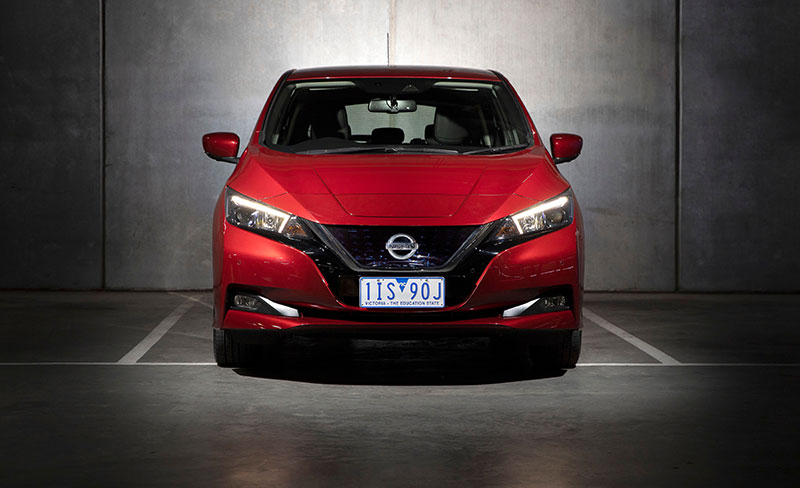Integrating battery storage and EVs into the grid could save billions: report
Energy
Energy
‘Behind the meter’ residential and industrial energy storage could play a crucial role in Australia’s future energy mix, according to a new report.
Australia’s electricity grid faces growing challenges as a groundswell of solar and battery storage, called distributed energy resources (DER), are installed in homes and businesses.
That’s because the electricity grid was designed over 100 years ago to handle one-way power distribution from large scale power plants to customers.
It was not engineered to support electricity going from houses and business back into the grid.
READ: Cheaper, better battery storage will underpin the global modern energy system
The Required Capabilities and Recommended Actions Report by Energy Networks Australia and the Australian Energy Market Operator (AEMO) is part of a plan to take advantage of DER opportunities.
Forecasting suggests almost half of households and businesses in Australia will have solar PV installed by 2050.
A significant portion of these will likely be accompanied by a storage device, which could also include electric vehicles — like the new generation Nissan Leaf.
Nissan says the new Leaf will be a ‘vehicle to home’ energy asset – which means it is both a car and a massive mobile battery that could put energy back into the grid as needed.

“Bi-directional charging is potentially the next big advancement in transforming your EV into a more integrated part of your energy system,” Nissan Australia managing director Stephen Lester says.
“The good news is the Nissan LEAF sold in Australia is bi-directionally capable from factory and is therefore future-proofed for the next big step within the wider EV ecosystem”.
If managed correctly, these customer-DER assets could play a significant role as part of Australia’s future energy mix.
The CSIRO estimates a transformed energy system could deliver more than $1 billion in benefits by 2030.
The rooftop solar panels and customer batteries in Australian homes and businesses could be harnessed to partially replace ageing grid scale power generation – at much lower cost, according to the report.
Successful integration will enable a truly two-way system and marketplace, “decentralising and democratising energy as it is implemented”.
AEMO managing director Audrey Zibelman said Australia has a once-in-a-lifetime opportunity for Australia to move to a two-way system for electricity production and distribution.
“AEMO can see a future where consumers’ controllable devices will have a marketplace to supply not just energy, but system and network services that reduce overall energy costs and help maintain system security,” Zilelman says.
“Through this process with Energy Networks Australia, the vast majority of stakeholders agree that actions are needed to be taken to build capabilities and trial new market mechanisms to ensure the final design delivers the benefits at the lowest cost.”